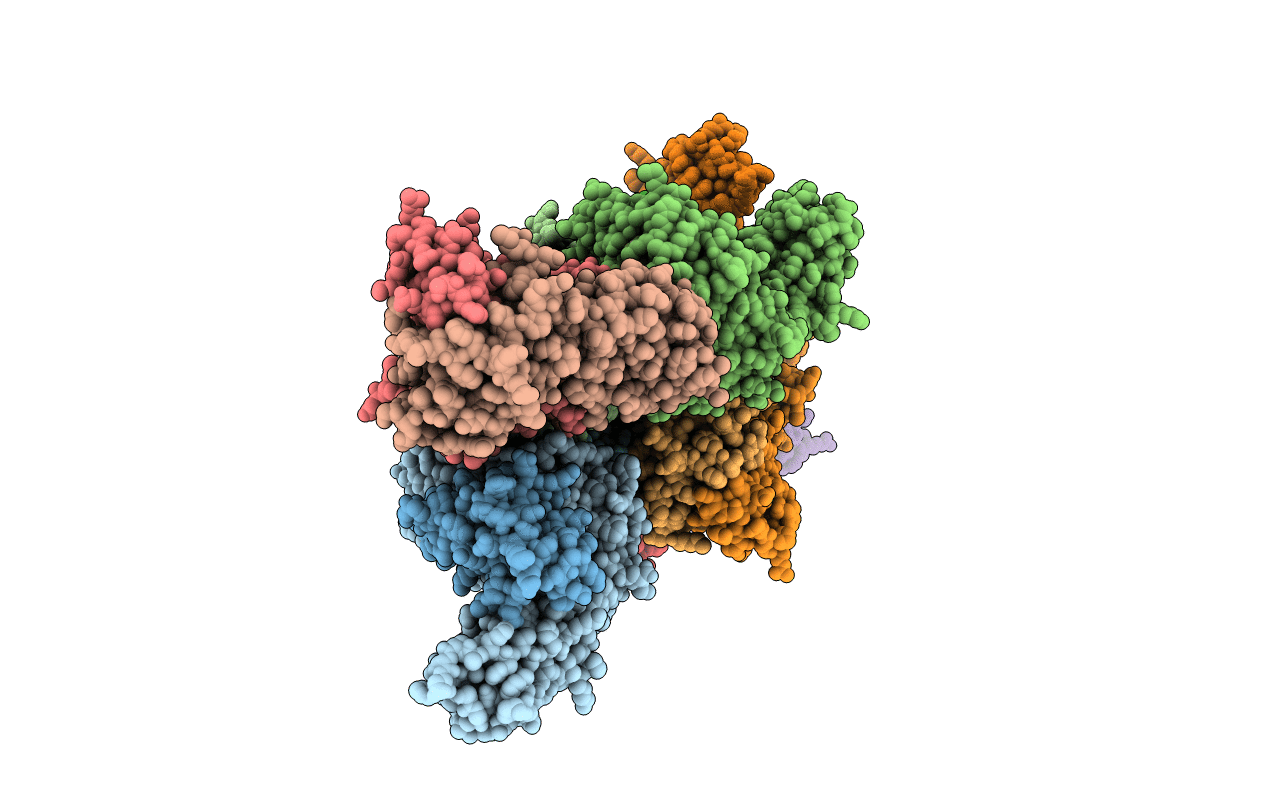
Deposition Date
2019-05-14
Release Date
2020-01-15
Last Version Date
2024-11-13
Entry Detail
PDB ID:
6RPB
Keywords:
Title:
Crystal structure of the T-cell receptor NYE_S1 bound to HLA A2*01-SLLMWITQV
Biological Source:
Source Organism:
Homo sapiens (Taxon ID: 9606)
Host Organism:
Method Details:
Experimental Method:
Resolution:
2.50 Å
R-Value Free:
0.27
R-Value Work:
0.24
R-Value Observed:
0.25
Space Group:
P 1


